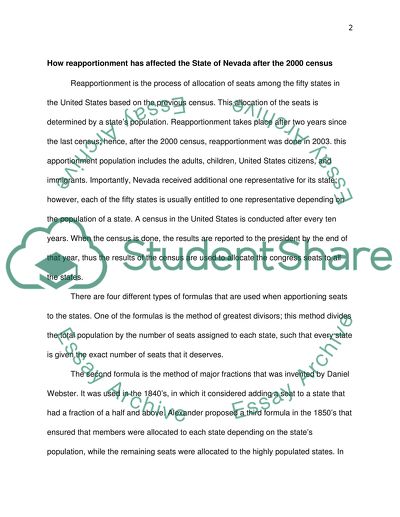Cite this document
(“After the Census of 2000, how have reapportionment affected the State Research Paper”, n.d.)
Retrieved from https://studentshare.org/family-consumer-science/1415966-after-the-census-of
Retrieved from https://studentshare.org/family-consumer-science/1415966-after-the-census-of
(After the Census of 2000, How Have Reapportionment Affected the State Research Paper)
https://studentshare.org/family-consumer-science/1415966-after-the-census-of.
https://studentshare.org/family-consumer-science/1415966-after-the-census-of.
“After the Census of 2000, How Have Reapportionment Affected the State Research Paper”, n.d. https://studentshare.org/family-consumer-science/1415966-after-the-census-of.


